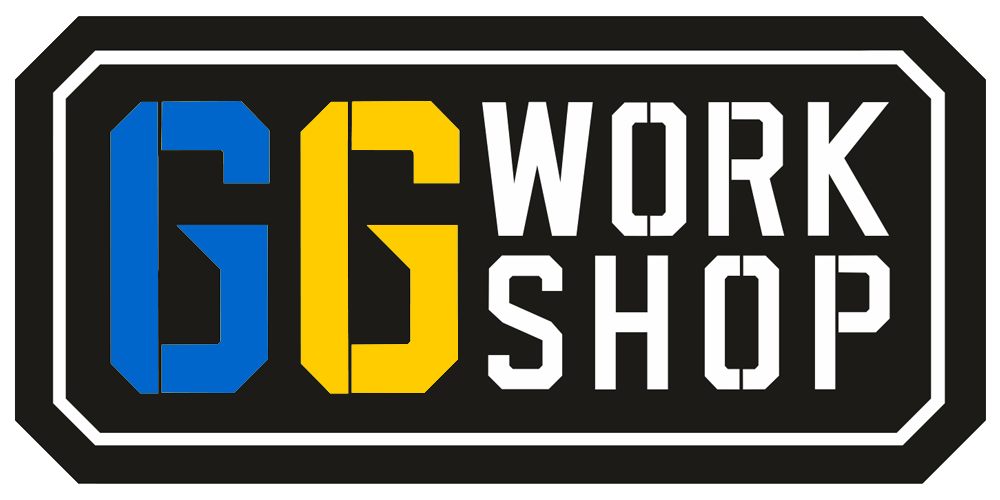Tattoos have grown into a rich culture with many styles and techniques. Each style offers unique ways to show personality and artistic likes. To help you pick the right style here's a look at the most popular tattoo styles and what makes them special.
1. Traditional (Old School)
The traditional, or "old school," style came about in the early 1900s. People know it for its thick lines bright colors, and simple pictures. It often has sea themes (anchors, ships, mermaids) patriotic symbols, and classic designs (hearts, roses swallows). Old-school tattoos stand out for their high contrast and long-lasting nature.
Characteristics:
- Strong lines and vivid colors
- Clear outlines with little detail
- Sea-related and patriotic themes
2. New School
The New School style gained popularity in the 1980s. It offers a fresh spin on the classic approach adding graffiti elements and cartoon-like figures. This style covers a wide range of subjects, uses bright color palettes, and applies shading to create a sense of depth.
Characteristics:
- Bright almost fluorescent colors
- Exaggerated proportions and cartoon-like features
- Lots of detail and depth
3. Realism
Realism stands as one of the most demanding tattoo styles requiring exceptional skill to depict images, be they portraits, animals, or landscapes. Realistic tattoos appear in black and gray, but artists can also create them in color.
Characteristics:
- Intricate detail and accuracy
- Black-and-gray or color work
- Frequently showcases portraits and landscapes
4. Dotwork
Dotwork employs a method based on dots to create designs. Every part of the tattoo consists of tiny dots that form patterns, textures, and shading. Artists can apply dotwork in monochrome or color, though it often appears in black and gray.
Characteristics:
- Pointillism method
- one color
- Good for decorations circular designs, and shapes with straight lines
5. Blackwork
Blackwork is a style that uses black ink. Unlike dotwork, Blackwork creates images with solid black areas, lines, or patterns. People who like abstract, simple, or big dark designs often choose this style.
Features:
- Just black ink
- Big black parts often not realistic
- Perfect for shapes, patterns, and simple designs
6. Minimalism
Minimalist tattoos feature basic small designs with thin lines. People who like subtle and classy images often choose this style. The themes range from symbols and words to abstract lines.
Characteristics:
- Basic thin lines
- Small size
- Few details
7. Japanese Style (Irezumi)
Japanese style, or Irezumi, stands out as one of the most iconic and meaningful tattoo styles. Drawing inspiration from traditional Japanese art and myths, these tattoos often show symbolic elements like dragons, koi fish, cherry blossoms, samurais, and demons. Japanese tattoos have a reputation for their distinct color palettes and layouts usually covering big areas of the body.
Characteristics:
- Japanese symbols and images from tradition
- Strong lines and bright colors
- Often covers big areas of the body (back, sleeves)
8. Chicano
Chicano style has its roots in Latin America and shows detailed single-color pictures about Latin American culture and daily life. Chicano tattoos often include faces religious icons, and cultural elements.
Characteristics:
- One color with different shades of gray
- Faces and religious icons
- Deep cultural symbols and meanings
9. Lettering
Lettering has a focus on word and phrase artistry employing different fonts calligraphic techniques, and distinct layouts. People love it for names, quotes significant dates, and personal sayings. Picking the right font and placement plays a key role in creating a unified tattoo look.
Characteristics:
- Many writing fonts and styles
- Neat and graceful lines
- Lots of phrase and font choices
10. Biomechanical
The biomechanical style blends realism with imagination showing the body as a complex machine. It might include images of muscles and bones mixed with machine parts. Artists often create these tattoos in 3D to give the impression of machinery under the skin.
Characteristics:
- 3D look
- True-to-life specifics that show a "machine-like" form
- done in shades of black and gray

How to Pick a Look?
Picking a tattoo look depends on what you like, what the picture means to you, and the feeling or message you want to get across. Talking to a tattoo artist who's good at the look you're into can help you go over all the details and make the best choice.

